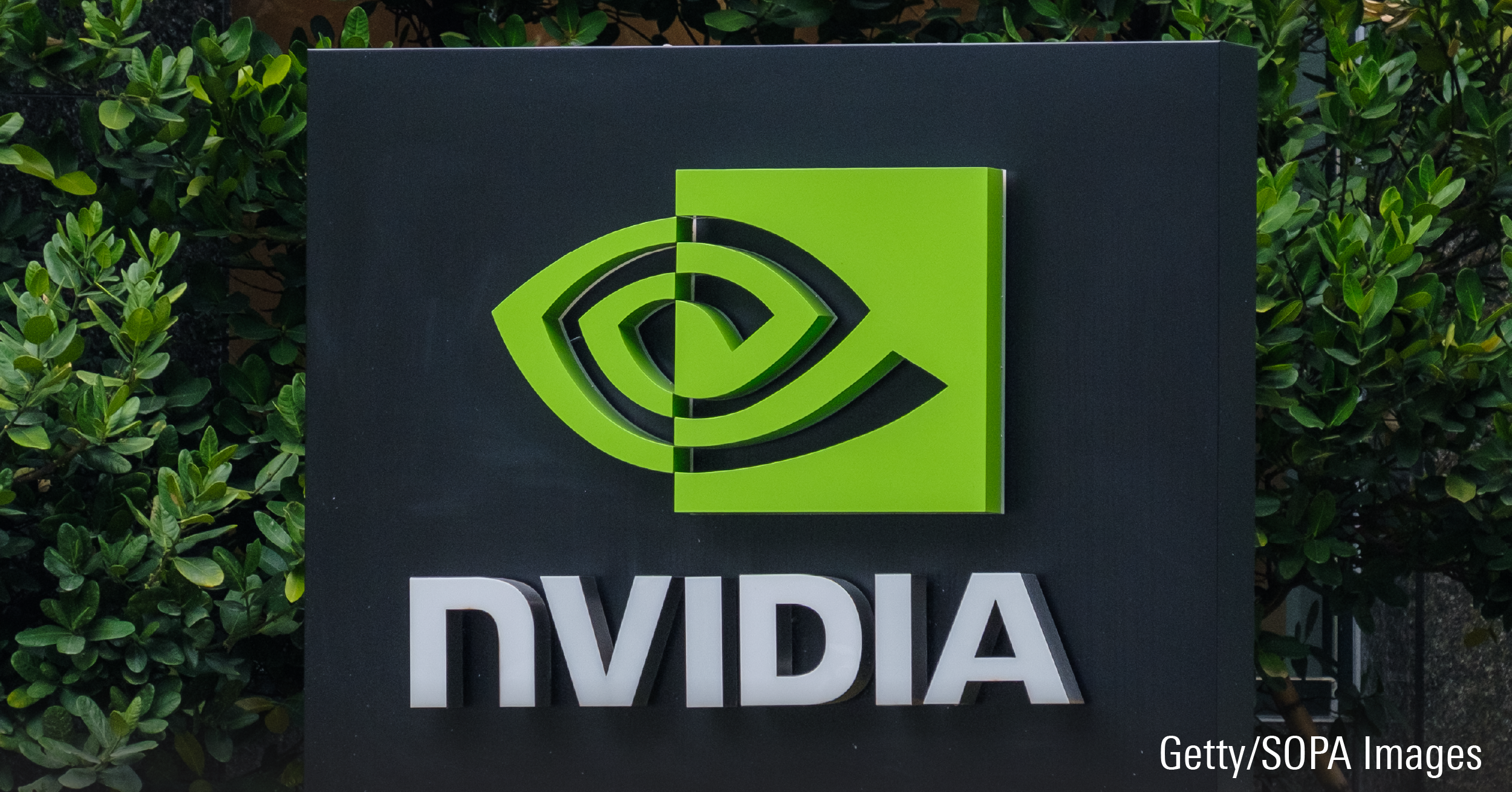Last year proved to be a depressing one for emerging-markets stocks. They underperformed developed markets by a wide margin, largely because of fears of China slowing and investors fleeing the so-called EM area for rebounding economies in North America and Europe. As a result, the median fund in the Emerging Markets Equity category scraped by with a 2.3% return in 2013.
"The question is, can we continue to see a slowdown in emerging markets and signs of further improvement in developed markets?" asks Philippe Langham, manager of the $1.5-billion RBC Emerging Markets Equityand senior portfolio manager at London-based RBC Global Asset Management (UK) Ltd. "Yes, it is possible. But there are a few important differences that people need to take into account."
First, valuations on EM stocks have fallen considerably and are trading at a 27% price-to-earnings discount to developed markets. In addition, currencies have weakened to the point that "a lot of EM currencies look quite undervalued," says Langham. Meanwhile, after years of favouring EM in many institutional portfolios, investors have gone the other way, which suggests that the dumping of the asset class may be overdone.
In spite of the gloom, Langham remains bullish, arguing that it pays to take a longer-term view. "The reasons for being invested in EM are still very much intact. There are factors such as positive demographics. Virtually all the growth in the global work force is coming from EM. The scope for productivity increases is much lower than in developed markets so there is plenty of room for catch-up," says Langham. "There is also a much healthier labour market and EM does not have the unemployment issues that characterize the developed world."
A bottom-up, value-oriented investor, Langham is focusing on about 60 large-cap, financially stable companies that generate strong cash flows. One representative name is Housing Development Finance Corp. Ltd., a leading mortgage finance firm listed on the National Stock Exchange in Mumbai.
"Mortgages are very under-represented in India. They represent 7% to 8% of GDP, compared to 80% in developed markets. So there is huge scope for growth," says Langham, noting that the firm is growing at about 20% a year.
The stock is trading at about 850 rupees, or 18 times earnings. While the shares are up about 65% since inclusion in the fund in late 2009, Langham believes there is still upside. "The shares look undervalued to us."
A London native, Langham is a 23-year industry veteran. He began his financial career as a chartered accountant, which he used as an entry into investment management. After graduating from the University of Manchester in 1987 with a bachelor's degree in economics, he worked for three years at the accounting firm Binder Hamlyn.
Langham's first foray into investment management was with Capital House Investment Management, where he analyzed UK stocks and stayed for almost two years. He was then hired by the London branch of the Kuwait Investment Office, where he worked for nine years, mostly on emerging markets. "It was a very good time to really learn about emerging markets, which most people were unfamiliar with, and to acquire a lot of knowledge."
Langham then joined Credit Suisse in Zurich where he led a team that managed Asian and emerging-markets stocks. In 2007, he returned to London and joined Société Générale Asset Management.
Two years later, Langham was hired by RBC. He has managed RBC Emerging Markets Equity since its December 2009 inception. Since August 2013, Langham has also managed the $63-million RBC Emerging Markets Small-Cap Equity.
Langham works within an eight-person team that includes Laurence Bensafi, deputy head of global emerging markets, and Zeena Dahdaleh, associate portfolio manager.
For the 12 months ended Dec, 31, the Morningstar 5-star rated fund returned 4.8%, which put it in the second quartile. Over the past two and three years it has been in the first quartile. "Relative to other funds, we do better in down markets," says Langham.
RBC's EM team follows a growth-at-a-reasonable-price style and uses quantitative screens to identify stocks. The limit for single holdings is 5% of fund assets. Country selections are a by-product of the stock-selection process. Currently, China accounts for 13% of the portfolio, South Korea 11.6%, South Africa 11%, India 9% and Taiwan 8%.
Langham's largest sector exposure is financial services, which makes up 33% of the fund. This is followed by information technology, consumer staples and consumer discretionary, each with a weighting in the 14% to 15% range.
Another favourite is the global brewer SABMiller PLC, which has operations in many emerging markets. "They are present in a lot of markets where penetration is relatively low. The scope for future growth is quite high," says Langham, adding the company's return on invested capital has been improving as it benefits from strong cash flows.
SABMiller "has a very strong management team," says Langham. "And in terms of valuation, based on long-term cash flow and net present value, we believe it's still attractively valued."















